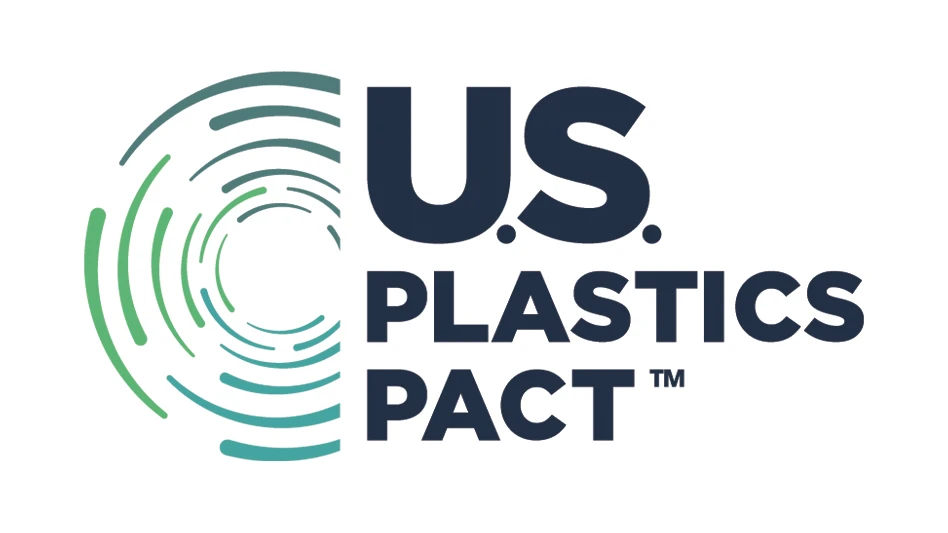If price stability is a recycler’s best friend, ferrous scrap processors and traders in February 2018 must have felt a strong sense of companionship. Prices of the most regularly traded grades held steady or rose by less than $2 per ton, with the exception of scrap exported off the East Coast.
While four of the five major benchmark ferrous price indices tracked by American Metal Market (AMM) demonstrated stability in February, bids for ferrous scrap from overseas buyers on the East Coast fell some $25 per ton below January pricing.
Despite the lower East Coast index figure, AMM was reporting by mid-February that bulk cargoes to Turkey were moving back up in price, with reported sales in the $348-to-$353-per-ton range.

A scrap processor in the mid-Atlantic region says containerized ferrous scrap sales to India and Pakistan have been steady this winter, and these buyers are competing well on price with Turkish buyers.
“We have had success selling containers of shred and plate and structural to India, Indonesia and Pakistan at prices that are equal to or better than our FOB (freight on board) shipping point prices of bulk to Turkey,” the recycler says.
The competition between bulk and container-load buyers has been beneficial to his business, the mid-Atlantic recycler says. “There has been both consistency and competitive pricing (not to mention upfront money) from the container buyers, all of which have been beneficial in helping us sell and ship to maximum capacity in that mode.”
Access to sufficient transportation equipment has been the limiting factor, he says. “We do have to take railcar orders to move our leased railcars, and we have maintained a consistent barge relationship domestically, so our containers max out at about 30 percent of our total output. We are looking to increase our container tonnage over the coming year.”
Transportation issues also have played a role on the supply side in early 2018, as winter weather has created its usual challenges in the northern half of the country.
“Scrap flow, I think, has slowed down a little due to weather; ’
“Trucking has been an ongoing issue for the last few months for us,” says the Midwestern processor, adding, “Trucks in our area have been busy hauling salt due to the weather.”
The near-term prospects for the steel industry remain relatively optimistic, based on economic and industry sector forecasts for the United States and other parts of the world.
The construction industry began 2018 by adding jobs and staying active in January, according to Bureau of Labor Statistics data analyzed by the Washington-based Associated Builders and Contractors (ABC).

The sector, a major consumer of steel in the U.S., added 36,000 net new jobs in January 2018, which ABC calls “an impressive increase of 0.5 percent on a month-over-month basis.”
“America’s economy is now firing on many cylinders due to a combination of solid consumer spending growth, accelerating business outlays and stronger exports,” ABC Chief Economist Anirban Basu says. “All of this ends up translating into demand for construction services, which remains on the rise and continues to trigger strong hiring.”
President Trump and Congress also appeared to be making headway on infrastructure spending in early February, though details of how
Nonetheless, ABC President and CEO Michael D. Bellaman
The optimism in the construction sector has not translated directly into higher steel output in the U.S. in the first six weeks of 2018, according to figures maintained by the American Iron and Steel Institute (AISI), Washington.
In the week ending Feb. 10, 2018, domestic raw steel output was 1.74 million tons, produced at a mill capacity rate of 74.5 percent. That is down 1.9 percent from
Through the first six weeks of 2018, steel output was slightly more than 10 million tons, down 2.1 percent from the 10.2 million tons during the first six weeks of 2017, according to AISI.
The Great Lakes region and the South are competing for geographic leadership in steel output in 2018. In the second week of February 2018, the AISI’s southern region produced 641,000 tons of steel, followed closely by the Great Lakes region, with a figure of 637,000 tons.
AISI’s other regions trailed considerably, with its Northeast region producing 219,000 tons of steel, while the Midwest region produced 167,000 tons, and the West recorded 73,000 tons of output.

Explore the March 2018 Issue
Check out more from this issue and find your next story to read.
Latest from Recycling Today
- PCA reports profitable Q1
- British Steel mill subject of UK government intervention
- NRC seeks speakers for October event
- LME identifies Hong Kong warehouses
- Greenville, Mississippi, launches aluminum can recycling program
- Cotton Lives On kicks off 2025 recycling activities
- Georgia-Pacific names president of corrugated business
- Sev.en Global Investments completes acquisitions of Celsa Steel UK, Celsa Nordic





